Bladed impellers are essential tools in industrial mixing processes, particularly when handling fluids of high viscosity. Their contribution to the efficient blending of such materials is both profound and multifaceted. By understanding the mechanics and benefits of bladed impellers, one can appreciate their indispensable role in various industries, from pharmaceuticals to food production.
Viscous fluids, by their very nature, resist flow and present significant challenges when it comes to mixing. Their increased thickness requires more force to initiate movement and maintain uniformity throughout the mixture. This is where bladed impellers come into play.
Mechanisms of Action
The design of a bladed impeller allows it to generate both axial and radial forces, enabling the effective movement of viscous materials. As the impeller blades rotate within the fluid, they create shear forces that break down the fluid's resistance to flow. This shear action is crucial in disrupting the internal structure of the fluid, facilitating a more homogeneous blend.
The blades themselves are typically angled to optimize fluid flow patterns. In high-viscosity environments, the angle and shape of the blades allow for greater energy transfer, ensuring that the fluid is drawn into the mixing zone and thoroughly agitated. The resulting turbulence promotes the breakdown of clumps or aggregates within the mixture, further enhancing consistency.
Overcoming Viscosity Challenges
One of the primary challenges in mixing viscous fluids is the tendency for the material to form localized regions of stagnation. These dead zones inhibit the efficient dispersion of additives, the blending of ingredients, or the proper incorporation of heat in processes such as polymerization. Bladed impellers, through their dynamic motion, mitigate these stagnant areas. By continuously circulating the fluid, they prevent uneven distribution, ensuring a uniform outcome.
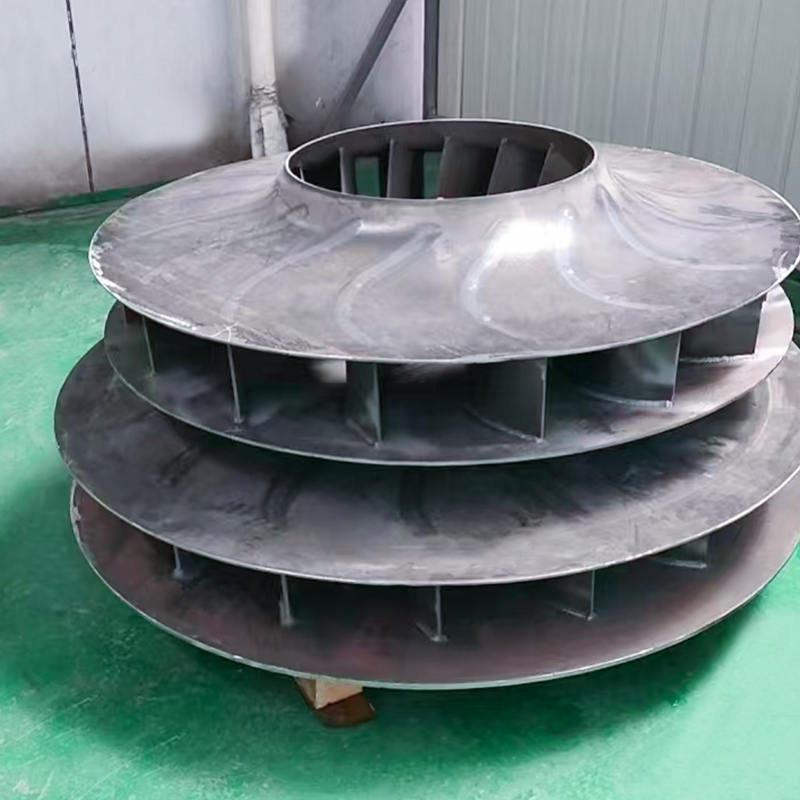
Additionally, bladed impellers provide precise control over mixing speed and intensity. This is crucial in maintaining the desired viscosity throughout the mixing process. By adjusting the impeller's rotational speed, operators can fine-tune the degree of shear imparted to the fluid, tailoring the process to the specific needs of the product being mixed.
Efficiency and Versatility
The versatility of bladed impellers is another key advantage. They can be employed in a wide range of applications, from small laboratory settings to large-scale industrial operations. Their ability to handle both low and high viscosity fluids, coupled with their energy efficiency, makes them a preferred choice in many sectors.
In applications such as the mixing of pastes, gels, and heavy emulsions, bladed impellers can achieve consistent results that other mixing technologies might struggle to deliver. Their design allows for the optimization of both the flow dynamics and energy usage, ensuring that the mixing process remains both effective and cost-efficient.
Bladed impellers are invaluable in the mixing of viscous fluids, providing the mechanical force necessary to overcome the inherent resistance of these materials. By generating shear forces, minimizing stagnation, and offering precise control over mixing parameters, they facilitate the efficient and homogeneous blending of high-viscosity substances. Whether in food production, chemical manufacturing, or pharmaceuticals, their role is critical in ensuring the consistency, quality, and efficiency of industrial processes.

 ENG
ENG
 English
English عربى
عربى Español
Español 中文简体
中文简体
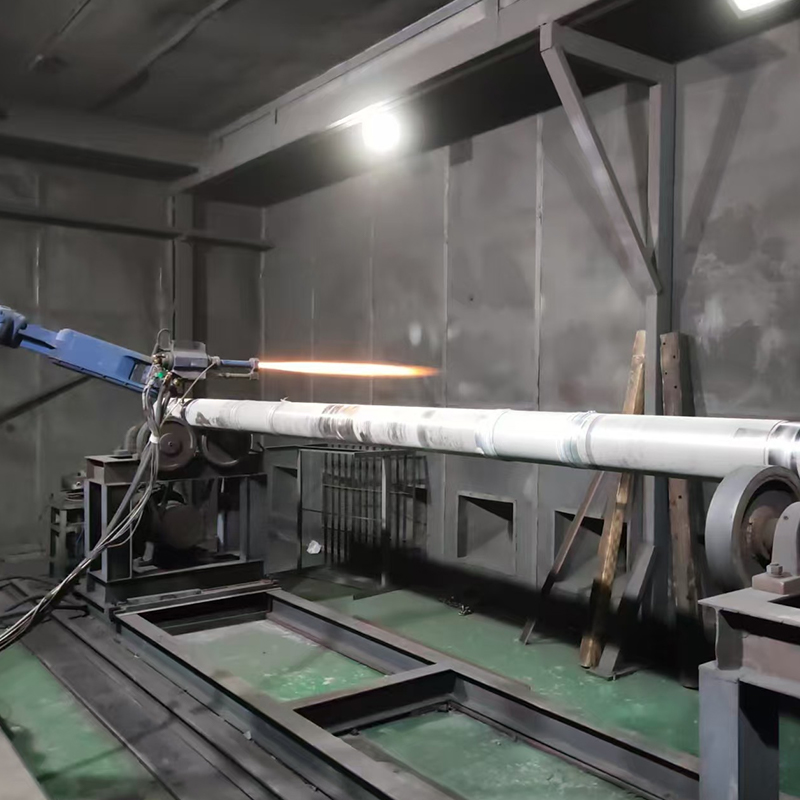
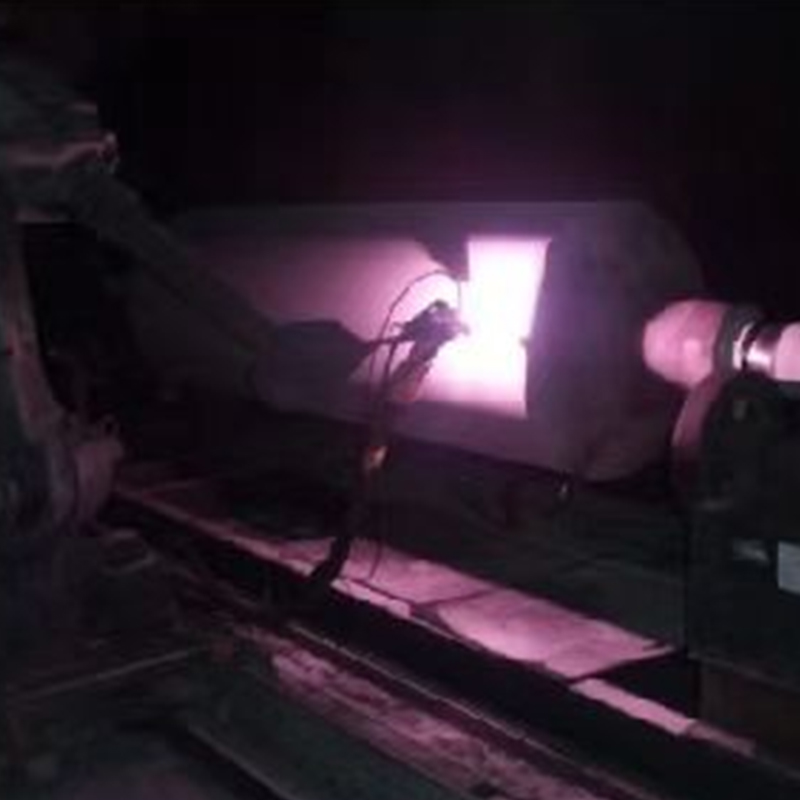


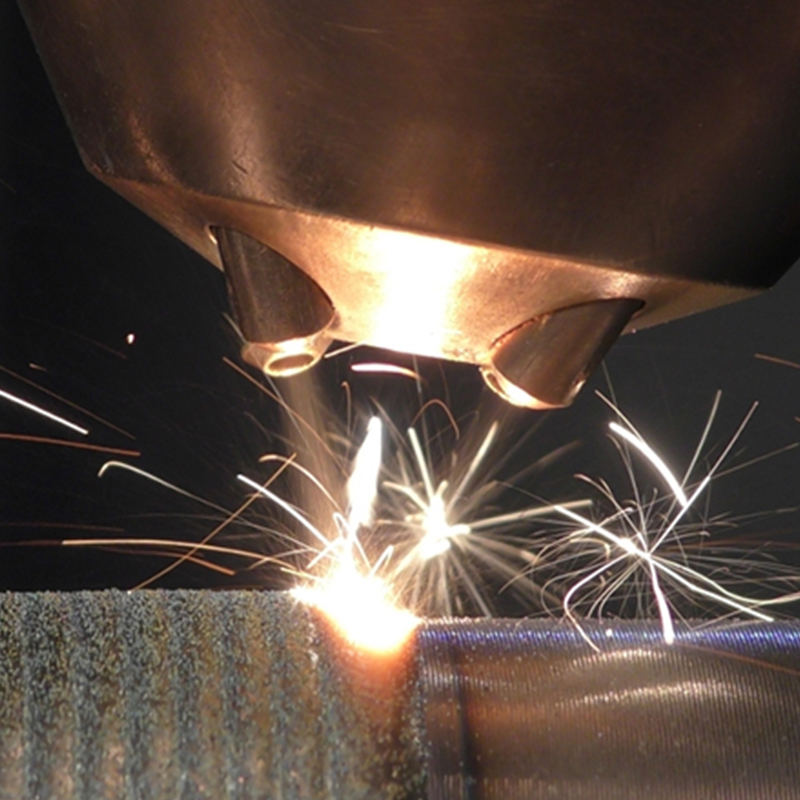

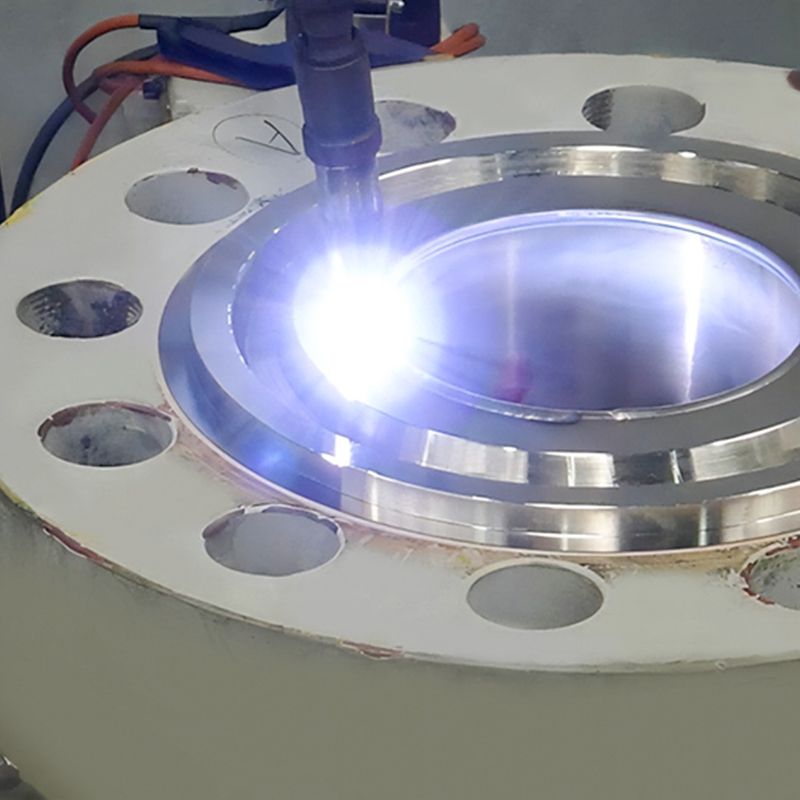
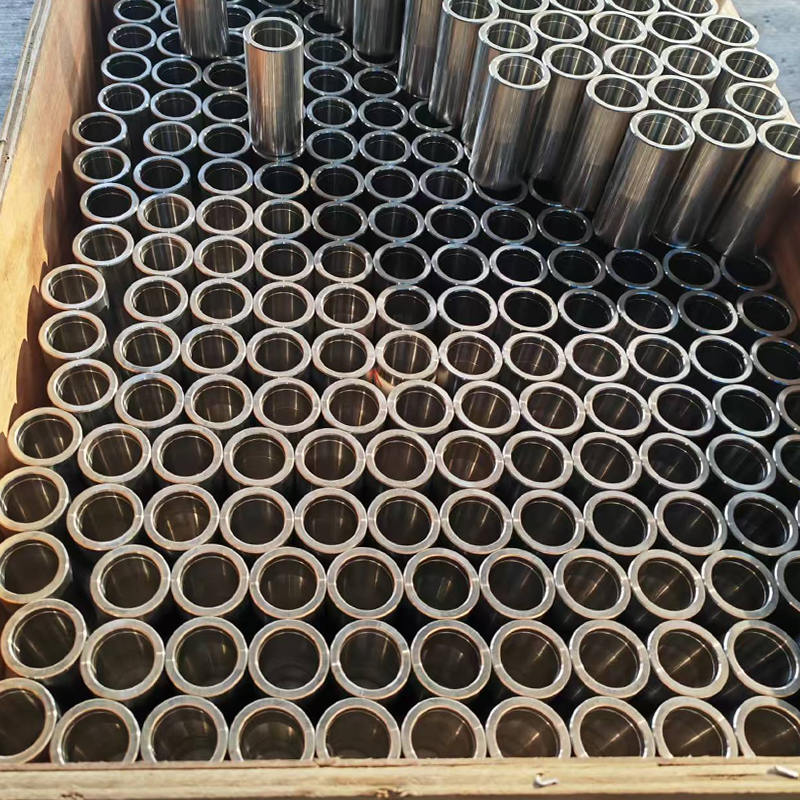
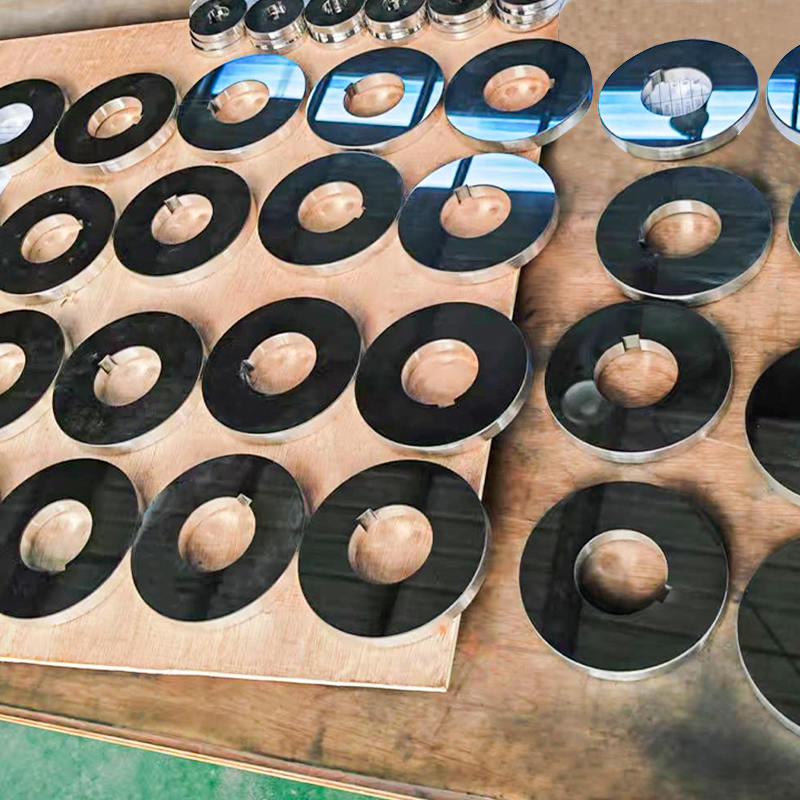

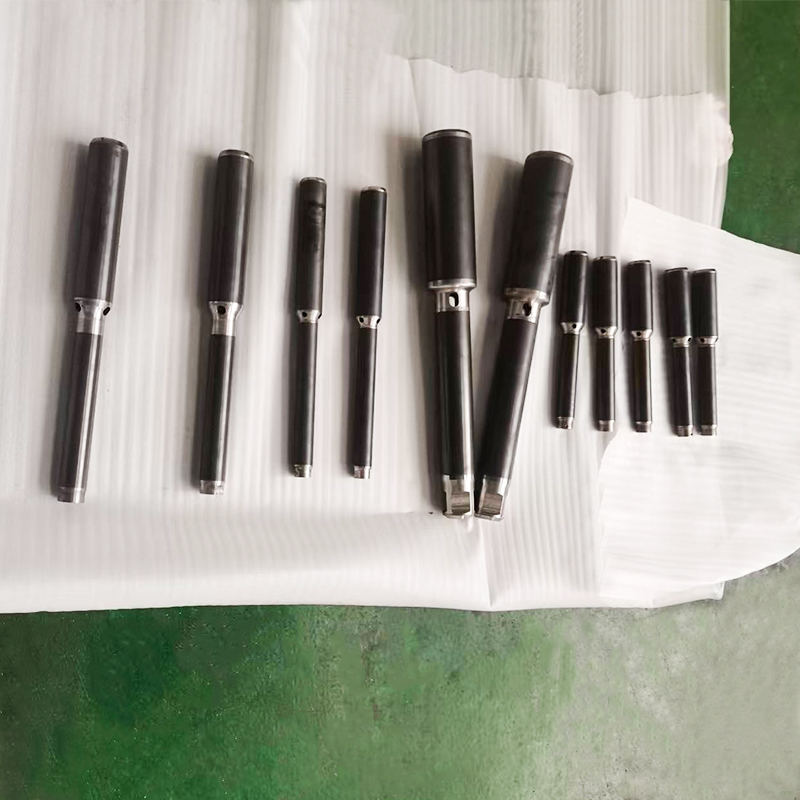
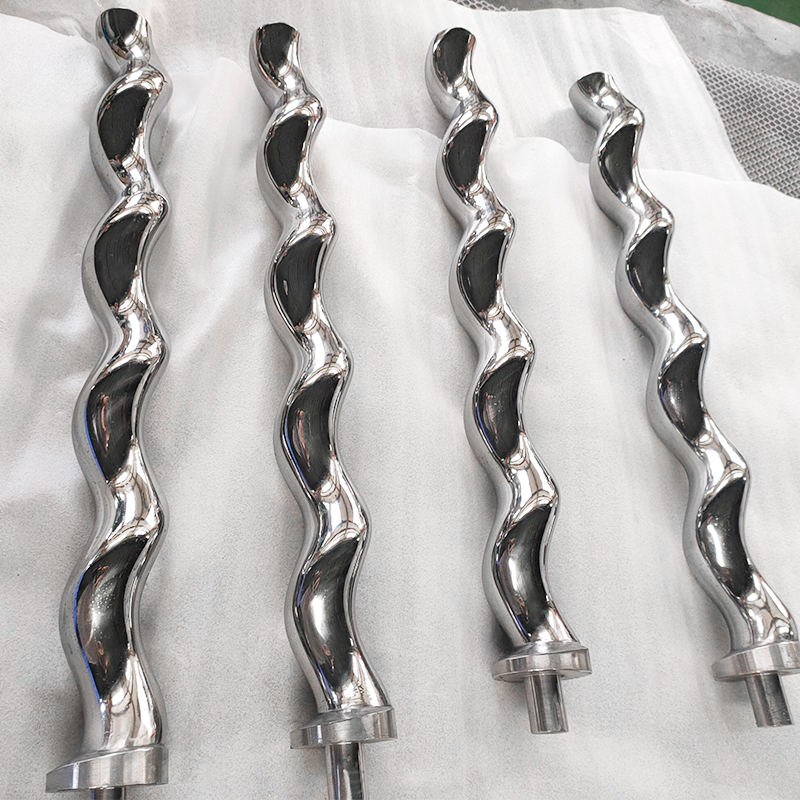

 TOP
TOP